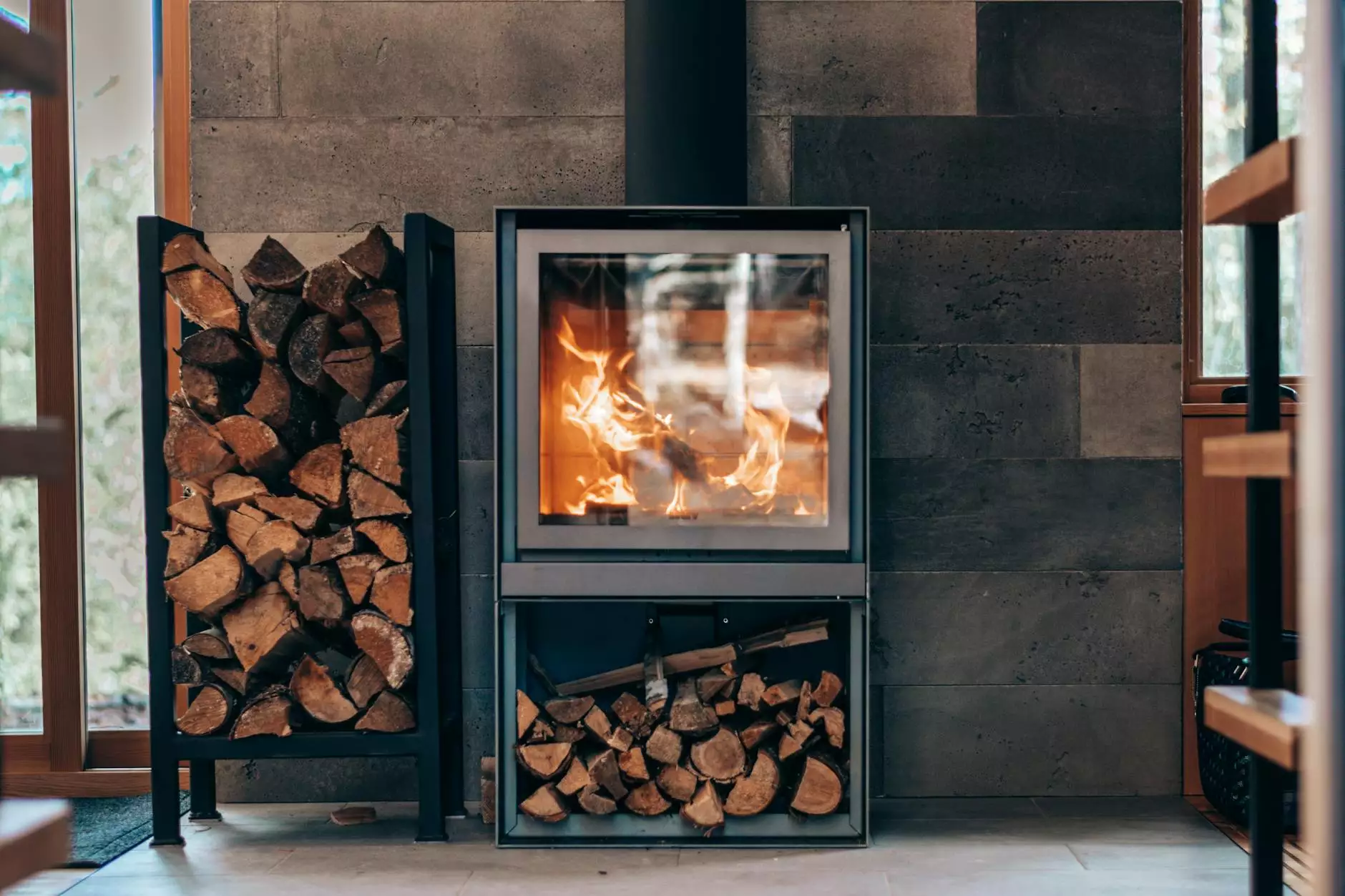What Does it Cost to Operate a Ceiling Fan?
Ceiling Fans
The Importance of Energy Efficiency in Ceiling Fans
When it comes to home appliances, ceiling fans are a popular choice for their ability to circulate air and provide a cooling effect. However, many homeowners are unaware of the impact ceiling fans can have on their energy bills. In this article, Best DIY Furniture Paint dives deep into the cost of operating a ceiling fan and offers valuable insights on how to reduce energy consumption.
Understanding Energy Consumption
Before we explore the cost of operating a ceiling fan, it's essential to understand how energy consumption is calculated. In general, electricity consumption is measured in kilowatt-hours (kWh), which represents the amount of energy used over one hour. The more kilowatt-hours consumed, the higher the energy cost.
Factors Affecting Ceiling Fan Energy Consumption
Several factors contribute to the energy consumption of a ceiling fan:
- Speed settings: Ceiling fans typically have multiple speed settings, and the higher the speed, the more energy consumed.
- Fan size: Larger fans tend to use more energy than smaller ones due to the increased power required to move the air.
- Usage hours: The more hours a ceiling fan operates, the higher the energy consumption.
- Efficiency rating: Ceiling fans with higher efficiency ratings use less energy to generate the same level of airflow.
Calculating the Cost of Operating a Ceiling Fan
To estimate the cost of operating a ceiling fan, you'll need to consider the average electricity rate in your area and the fan's energy consumption. Here's a step-by-step guide:
Step 1: Determine the Fan's Power Consumption
Check the specifications or labels on your ceiling fan to find the power consumption value, usually expressed in watts (W). This value represents the amount of electrical power the fan utilizes when operating at its highest speed setting.
Step 2: Convert Watts to Kilowatts
Since electricity rates are typically given in kWh, convert the power consumption value from watts to kilowatts (kW) by dividing the watts by 1000.
Step 3: Determine the Usage Hours
Estimate the average number of hours your ceiling fan is in use each day. Multiply this by 30 (days in a month) to get the monthly usage hours.
Step 4: Calculate the Monthly Energy Consumption
Multiply the kilowatt value from Step 2 by the monthly usage hours from Step 3 to get the monthly energy consumption in kilowatt-hours (kWh).
Step 5: Calculate the Monthly Cost
Multiply the monthly energy consumption from Step 4 by the electricity rate in your area to obtain the estimated monthly cost of operating the ceiling fan.
Reducing Energy Costs
While ceiling fan energy consumption can contribute to your electricity bill, there are several ways to reduce energy costs:
1. Optimize Speed Settings
Using your ceiling fan at lower speed settings can significantly decrease energy consumption. Adjust the fan's speed according to your comfort level and the surrounding temperature.
2. Choose the Right Fan Size
Consider the size of the room when selecting a ceiling fan. Using an appropriately sized fan ensures optimal airflow with reduced energy consumption.
3. Utilize Energy-Efficient Models
Look for ceiling fans with higher efficiency ratings. These models are designed to provide the same level of airflow while consuming less energy.
4. Utilize Ceiling Fans alongside Air Conditioning
In warm climates, combining the use of ceiling fans with air conditioning can help reduce reliance on the air conditioner, thus lowering overall energy consumption.
5. Maximize Natural Ventilation
Take advantage of natural ventilation by opening windows and doors to allow fresh air to flow inside, reducing the need for constant ceiling fan usage.
6. Maintain and Clean Your Ceiling Fan Regularly
A well-maintained ceiling fan operates more efficiently. Clean the blades periodically and ensure that the fan is balanced for optimum performance.
Conclusion
Understanding the cost of operating a ceiling fan is essential for managing your energy consumption effectively. By following the tips mentioned above, you can reduce your electricity bills while enjoying the comfort and functionality that ceiling fans provide. For more information on energy-efficient solutions and furniture-related tips, explore the offerings at Best DIY Furniture Paint.




